Answer Writing Strategy for UPPCS Mains 2025
The Uttar Pradesh Public Service Commission (UPPCS) Mains Exam 2025 is one of the most crucial stages in the journey of becoming a civil servant in Uttar Pradesh. While prelims focuses on objective questions and elimination, the mains exam tests your knowledge, analytical skills, presentation style, and clarity of expression.
The most important part of mains is not just what you know, but how you present it. This is why answer writing plays a decisive role in securing a high rank. In this guide, we will discuss a step-by-step strategy for answer writing in UPPCS Mains 2025.
Before diving into strategies, you need to understand the exam structure.
General Hindi – 150 marks
Essay – 150 marks
General Studies (4 Papers) – 200 marks each
Optional Subject (2 Papers) – 200 marks each
Total = 1500 marks (only mains written marks are counted for interview call).
Thus, every answer you write matters, and even 1 mark per question can create a difference of 50+ ranks.
Knowledge is not enough – You may know the content, but unless you can express it in a structured way, you won’t get marks.
Presentation Matters – Neat handwriting, headings, sub-headings, and underlining fetch more marks.
Time Management – You have limited time to attempt all questions. Writing concise, clear, and to-the-point answers ensures you attempt the maximum.
Evaluator’s Perspective – Examiners check hundreds of copies. If your answer is clear, structured, and easy to evaluate, you get more marks.
Questions often use keywords like –
Discuss, Examine, Critically Analyze, Explain, Evaluate, Compare.
Your answer must reflect what the question is demanding.
Always structure your answers as:
Introduction – Brief context or definition.
Body – Main points with subheadings, diagrams, facts.
Conclusion – Way forward, solution-oriented end.
Use Headings & Sub-headings
Highlight keywords (underline/box them)
Add flowcharts, diagrams, maps, tables wherever possible.
Use static concepts (NCERT, GS books) + current affairs examples.
For example, if writing on “Agriculture in UP”, combine geography, policies, schemes, and current issues.
Focus on grammar, précis, essay, and translation.
Write in clear, simple Hindi with proper sentence formation.
Choose topics you can write best on.
Use Introduction – Body – Conclusion format.
Include historical context, current affairs, data, constitutional values, and solutions.
Use maps for geography.
Quote historical examples.
For society questions, link with current issues (women, caste, poverty).
Quote Articles, Amendments, Supreme Court cases.
Use government schemes and reports.
Keep answers solution-oriented.
Quote data from NITI Aayog, Economic Survey, RBI, Budget.
Use flowcharts and statistics.
Keep answers crisp and fact-based.
Use examples from real life, leaders, administration.
Structure case studies properly – stakeholders, issues, solutions.
Keep answers practical, balanced, and ethical.
Practice model answers from toppers’ copies.
Use subject-specific terms and concepts.
Write with depth but keep it examiner-friendly.
Start Small – Begin with writing one answer daily.
Timed Practice – Write answers in 7–8 minutes (as in exam).
Join a Test Series – Helps in evaluation and feedback.
Self-Evaluation – Compare with toppers’ copies.
Peer Review – Discuss answers with friends.
Divide time according to marks.
Attempt all questions (even briefly) instead of leaving blank.
Don’t get stuck on one answer; keep moving.
Keep last 10 minutes for revising/underlining.
Writing too much in introduction, too little in conclusion.
Ignoring directive words.
No diagrams/maps even when required.
Untidy handwriting.
Writing irrelevant content just to fill pages.
Data: Census 2011, NCRB, NITI Aayog, UNDP, World Bank, Economic Survey.
Examples: Current schemes, recent judgments, local initiatives from Uttar Pradesh.
Quotations: Gandhi, Ambedkar, APJ Abdul Kalam, etc.
Daily: Write 1 GS answer + 1 optional answer.
Weekly: Write 1 essay + attempt a mini mock test.
Monthly: Analyze performance and revise.

Lakshya IAS
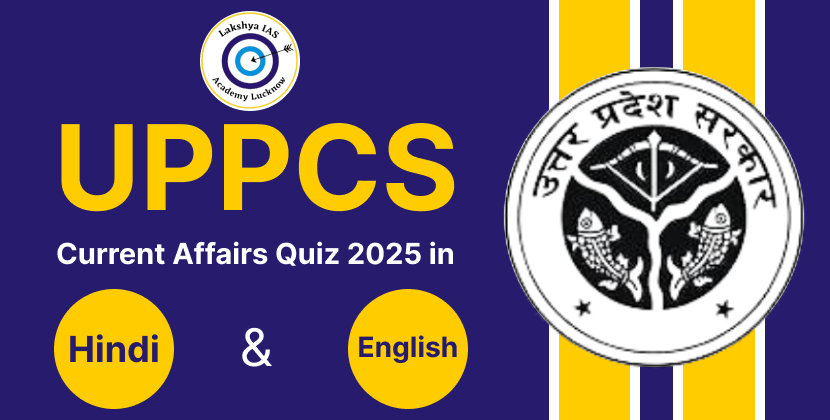
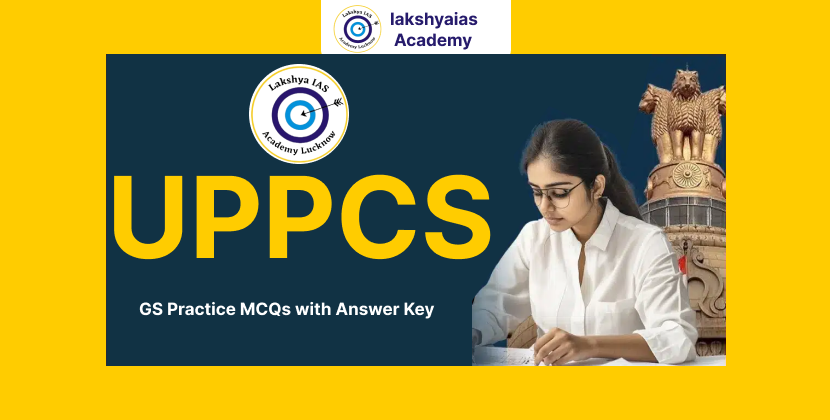
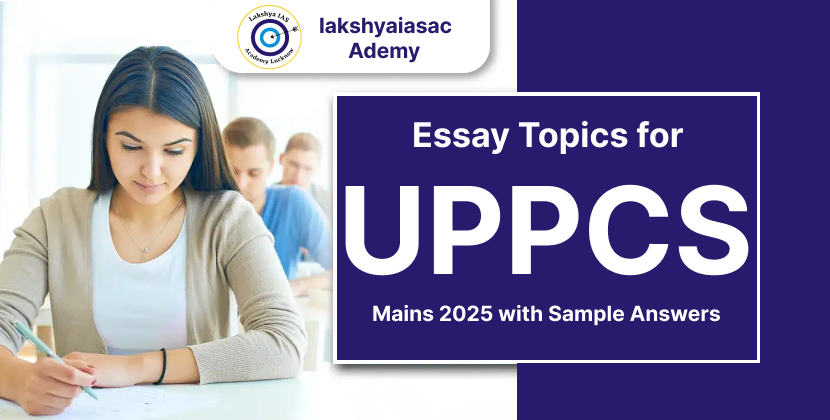
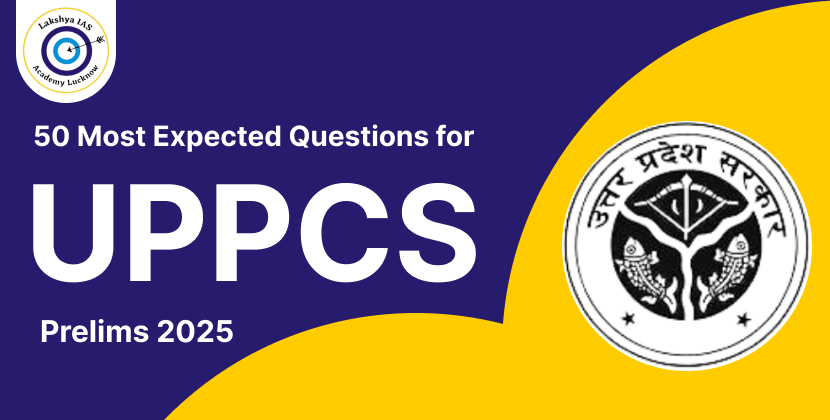
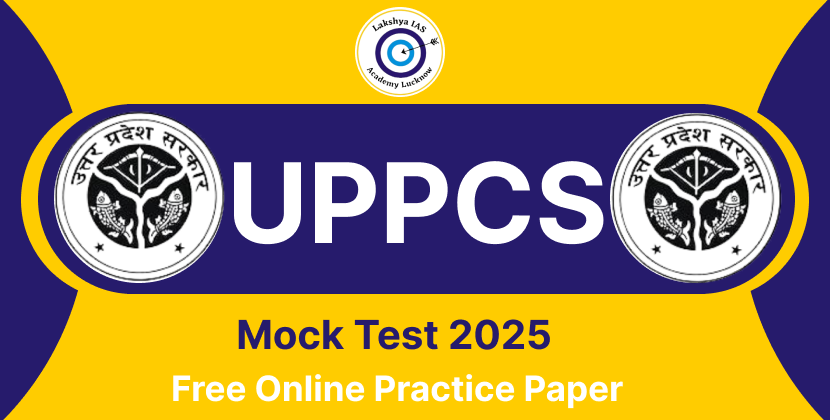
.png)
.png)

.png)
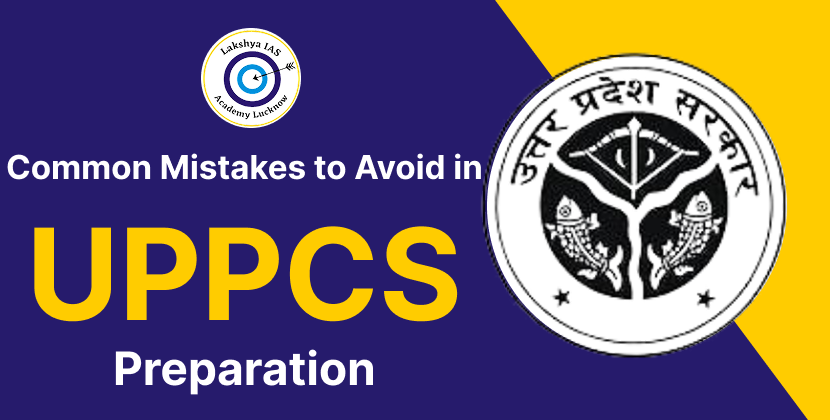
Leave a Comment